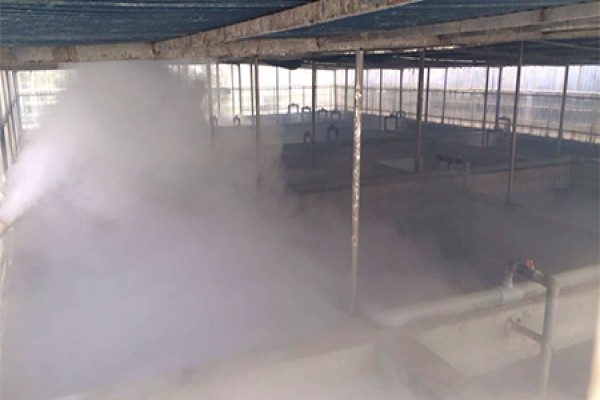How to do a good job in testing and controlling exhaust gas pollution?
Due to its advantages such as low treatment costs and other advantages, research on the treatment of organic waste gas using biological methods has made rapid progress in recent years. The development of various biological agents and fillers has continuously made breakthroughs, and in addition to their use in deodorization, they have gradually expanded to the purification of various types of organic compounds such as ketones, aldehydes, and esters (used at low concentrations). Biological methods have become one of the primary skills in the management of organic waste gas (especially odor gases) in certain professions, and their scope of application is constantly expanding.

The emission concentration of odor pollutants is low, generally below tens of ppm, and some even reach ppb level, making management difficult. Odor management involves livelihood issues and affects social stability. Therefore, in recent years, various departments have significantly increased their efforts in managing odors. Due to the multitude of professions involved, coupled with the previous rapid development of the economy and the many legacy pollution issues, the market for odor management is now huge. Therefore, in recent years, the relevant skills related to odor management have been developed quickly.
The problem of odor disturbing the people has become one of the problems that affect the current economic development and social stability of China, and the management of odor has become a concern for various departments in recent years.
The sources of odor include industrial and daily sources. Industrial sources include numerous professions such as refining, plastics, rubber, synthetic fibers, fine chemicals, daily chemicals, chemical pharmaceuticals, biopharmaceuticals, pesticides, fertilizers, textile printing and dyeing, industrial wastewater treatment, food processing, meat product processing, seafood processing, feed processing, etc; Daily sources include waste storage and transportation, waste landfill and combustion treatment, daily sewage treatment, composting, catering fumes, and so on.
The article originates from a deodorant manufacturer http://www.scneng.com.hk
-
06-11
"Environmental Doctor" Du Siyuan: Environmental Protection is a Lifestyle Attitude
There is a Hong Kong compatriot in Jiangmen who often frequents various farms and plantations, walks in mechanical factories, and is seen by others as the nemesis of environmental problems. He conside
-
03-16
Deodorant manufacturer: Deodorants reduce soil pollution
Waste is a chaotic mixture of various components. The accumulation of debris on the surface of soil can cause some chemical reactions, releasing harmful gases, which can lead to soil pollution and eve
-
12-01
Deodorant Manufacturers: Differences between Microbial Deodorants and Traditional Deodorants
The waste that is not needed in our daily life and work is called waste. Due to the large amount of waste discharged and the complex categories, there are great difficulties in reducing waste and deod
-
11-08
Application of Deodorant Manufacturers in Domestic Waste Treatment
Garbage is the waste generated in everyone's daily life and work. Due to its large discharge volume and complex and diverse composition, it poses great difficulties in reducing and deodorizing wa
